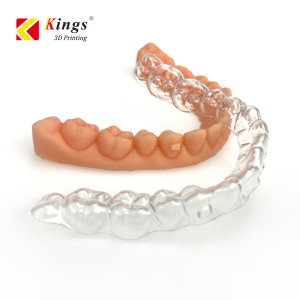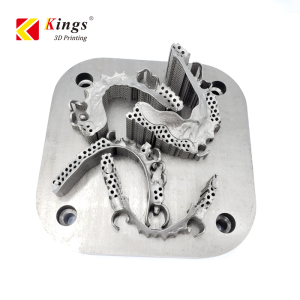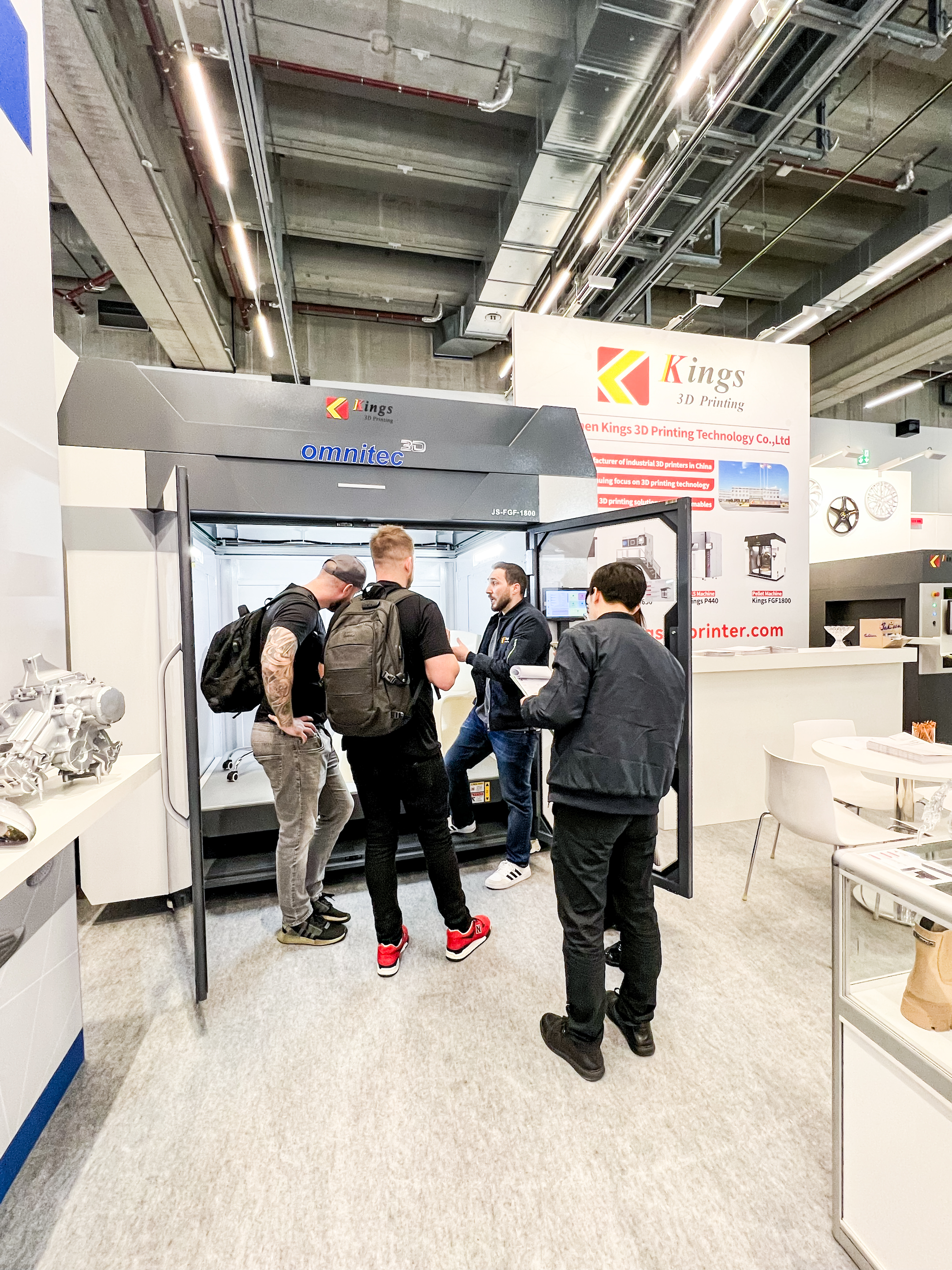3D printing has revolutionized various industries, and one of the most significant sectors benefiting from this technology is the dental industry. By allowing for precise, customizable, and cost-effective solutions, 3D printing is reshaping the way dental professionals deliver care to their patients. From dental implants to orthodontic devices, the applications of 3D printing in dentistry are vast and continue to grow.
One of the primary uses of 3D printing in dentistry is the creation of dental models. Traditionally, making a dental impression involved using molds and materials that could be uncomfortable for patients and time-consuming for dentists. With 3D printing, dentists can scan a patient’s teeth and generate highly accurate digital models. These models can then be used to create custom crowns, bridges, and dentures that fit perfectly, significantly reducing errors and improving comfort for patients.

In addition to improving the creation of prosthetics, 3D printing is also used in the production of orthodontic devices such as braces and aligners. Custom aligners, which are popular alternatives to traditional braces, are now produced using 3D-printed molds, offering faster turnaround times and better-fitting products. The ability to create these devices with precision also helps ensure that treatment progresses effectively and comfortably for patients.

Another groundbreaking use of 3D printing in dentistry is in the development of dental implants. Traditionally, dental implants required manual work and could sometimes lead to complications due to imprecise fitting. 3D printing technology allows for the production of highly detailed, custom implants tailored to the individual patient’s mouth. This not only improves the chances of a successful implantation but also reduces the overall treatment time.
Furthermore, 3D printing aids in the development of surgical guides. These guides help dental surgeons perform precise procedures by providing exact measurements and locations for implant placement. This results in less invasive surgery, quicker recovery times, and more predictable outcomes for patients.
The advantages of 3D printing in dentistry are not just limited to enhancing the quality of care but also making dental treatments more affordable. Traditional methods of producing dental products can be labor-intensive and costly, whereas 3D printing reduces material waste and production time. This can make dental treatments more accessible to a larger number of patients.
In conclusion, 3D printing is transforming the dental industry by providing more accurate, faster, and cost-effective solutions for a wide range of procedures. Whether it’s creating custom dental prosthetics, orthodontic devices, or implants, 3D printing technology continues to improve patient outcomes and revolutionize dental practices. As this technology advances, it is likely that its influence on the field of dentistry will only continue to grow, paving the way for even more innovative and personalized treatments in the future.
Author:Harry/Lili Lu/Chrsitine







